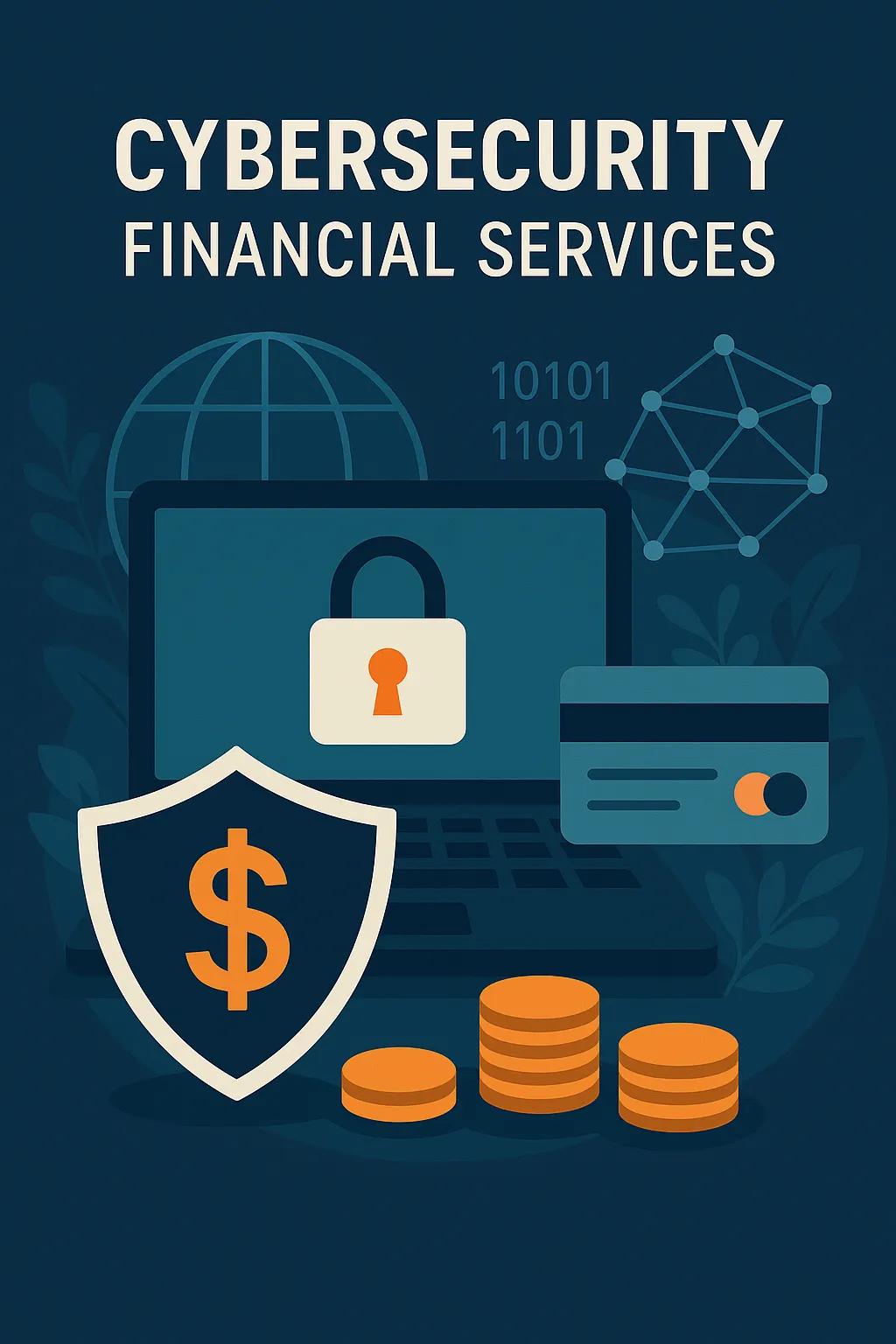The threat landscape in cybersecurity continuously evolves, posing significant challenges across various sectors, including transportation and finance. Recent reports from credible sources highlight an uptick in cyber threats, emphasizing the need for robust defenses and innovative strategies.
Transport Sector Threat Landscape
The European Union Agency for Cybersecurity (ENISA) recently updated its analysis on the transport sector's cyber threat landscape, noting that transportation remains a high-value target for cyber attacks. ENISA's report details new tactics and critical threats, urging stakeholders to enhance their cybersecurity measures to protect infrastructure and sensitive data. Key factors include increasing digitization and reliance on connected technologies.
Financial Sector Threat Escalation
For the financial sector, the landscape is equally disconcerting. A significant analysis points out the rise in threats due to the adoption of technologies such as AI, cloud computing, and the Internet of Things (IoT). These technologies, although beneficial, also expand the attack surface for cybercriminals. The sector witnessed a 117% rise in DDoS attacks, as noted by Packetstorm Security, reflecting an increasingly aggressive stance amongst adversaries targeting financial institutions.
Urgent Cyber Threat Management
Implementing enhanced endpoint visibility and threat management is crucial, especially following significant ransomware incidents. An event highlighted by CRAI News involved a severe ransomware attack that led to an extended shutdown of business operations at a multinational financial services firm. This scenario underscores the necessity for improved preventive measures and a swift, coordinated response strategy to mitigate potential disruptions.
Analysis and Recommendations
Gleaning from the forementioned insights, it is clear that both the transport and financial sectors require an urgent reassessment of their cybersecurity approaches. Adoption of advanced cybersecurity methodologies like predictive analytics, automated threat detection systems, and comprehensive staff training in cybersecurity best practices is recommended. Additionally, businesses should carry out regular security audits and stress tests to evaluate the effectiveness of existing security measures.
Conclusion
The evolutionary pace of cyber threats necessitates a proactive and knowledgeable approach to cybersecurity. Businesses should remain vigilant and forward-thinking, constantly updating their cybersecurity strategies to defend against both current and emerging threats.
